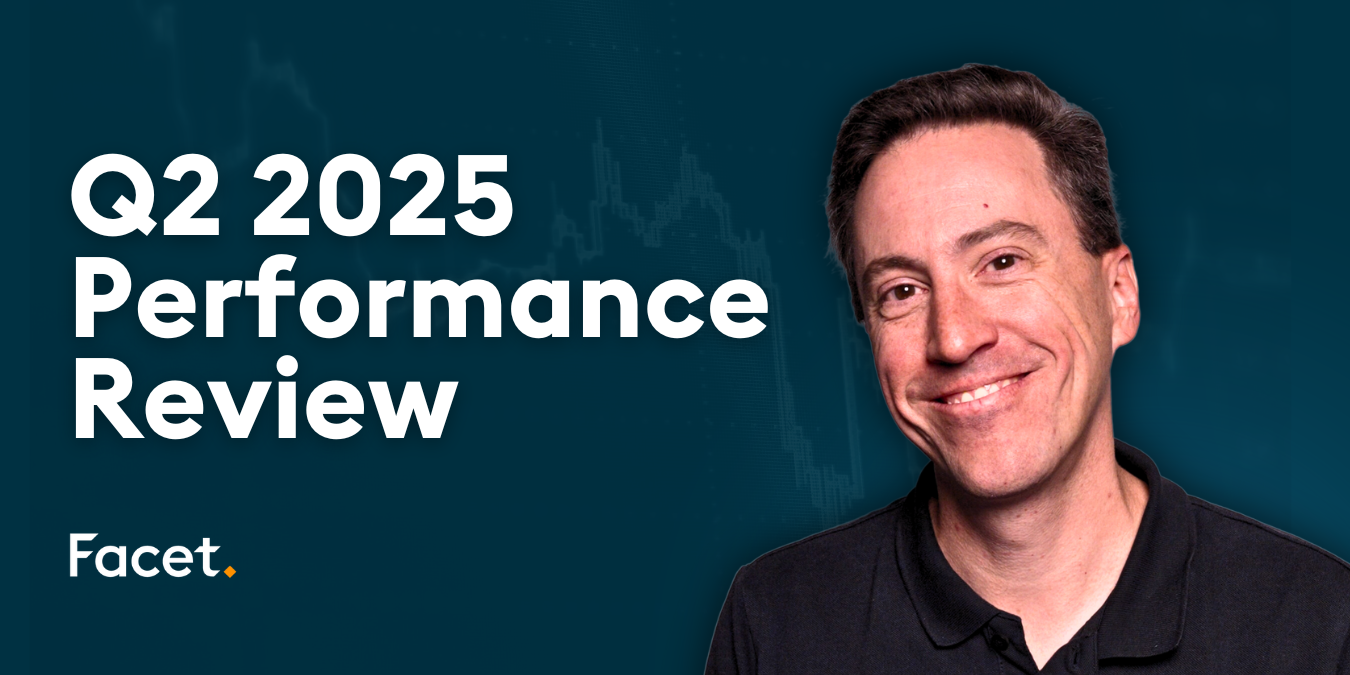
The information provided is based on the published date.
Key takeaways
- Solid February job growth of 275,000 but inflation remains above the Fed's target
- January's initially strong jobs report and inflation numbers were revised down, easing worries about overheating
- The Fed is likely to begin cutting rates this summer unless data shows inflation rising unexpectedly
- Lower rates could drive mortgage and bond yields down further but much depends on the economic outlook
- For stocks, continued profit growth is more important than the pace of Fed rate cuts
Over the last few days, the two most important pieces of macroeconomic data for the month have been released.
The February employment report showed strong job growth but much slower than January was initially reported. Then, the Consumer Price Index (CPI) report came in lower than January but still higher than the Federal Reserve would like to see.
So, where does this leave us? Are Fed rate cuts still likely for later this year? And what does that mean for longer-term interest rates like Treasury bonds or mortgages? Here are our thoughts.
Job growth solid, inflation still subsiding
Overall, the February jobs report was just about the best we could have imagined.
First, the economy added 275,000 jobs, which is right in the middle of the historical range for the non-recessionary job growth rate. In other words, job gains in that range are perfectly consistent with a strong but non-inflationary economy.

Source: Bureau of Labor Statistics
Second, the January job figure, which had initially been reported at +353,000, was revised down to +229,000. December was also revised lower.
The initial January report had some people worried that the economy might be heating up, perhaps risking another bout of inflation. Now, that can be less of a worry. It looks like job growth has improved a bit from where it was last fall, but far from a level where we’d start worrying about new inflation pressures.
Speaking of inflation, the CPI report was not as positive but still appears to be heading in the right direction. Core CPI, which removes volatile food and energy prices, rose 3.8% over the last year, which is still above the Fed’s comfort zone. However, a year ago, the CPI figure was 5.5%. That’s a lot of improvement in a relatively short period of time.

Source: Bureau of Labor Statistics
The real question is whether inflation is still improving or if progress is stalling.
We can see from the chart above that inflation fell rapidly from the end of 2022 through the middle part of 2023, but the improvement has flattened out since.
In fact, Core CPI has risen by 0.4% each of the last two months. If that continued for a full year, inflation would be almost 5%.
We think there are reasons for optimism, detailed in the next section, but certainly, the Fed wants to see inflation fall by more before considering rate cuts.
January was a head fake
As we said above, when the January jobs and CPI reports first came out, there was a lot of market panic that the economy might be overheating again.
However, our take at the time was that a broader look at the evidence showed no signs of overheating. Other labor market indicators suggested that hiring demand was actually still slowing, not accelerating.
On inflation, consumer-oriented companies reporting their financial results this quarter almost universally said they saw price increases slowing. You wouldn’t be hearing that so consistently in an environment where inflation was on the rise again.
The reality is that macroeconomic data contains a lot of noise. Measuring something like inflation is complicated: You need to collect price data on hundreds of items, estimate the right weight for each, and adjust for seasonality, changes in product quality, etc. It should not come as a surprise that with all this estimating and adjusting, sometimes the number can come out funny.
The best way to analyze the macroeconomy well is to treat each data point like one piece of a puzzle. In other words, if job growth were accelerating in a big way, we’d see evidence of that in various data points. In January, it was really only that main jobs report that showed major acceleration. The same goes for inflation. There was no substantial surge in consumer spending that would have fit with inflation lurching higher.
Unfortunately, this puzzle-piece approach isn’t shared by everyone. After these January data points came out, some economists rushed to the media, saying that the Fed was not going to cut rates or that their next move might be a hike. Our measured and nuanced process might not be as good for grabbing headlines for Facet, but we think this approach is the best way to achieve investment success.
The Fed doesn’t need much convincing to cut rates
On March 6 and 7, Fed Chair Jerome Powell gave his semi-annual congressional testimony on monetary policy.
He said it would “likely be appropriate” to cut rates “at some point this year.” He also indicated the need for “just a bit more evidence” to be sure inflation was on the right path before starting rate cuts.
We believe this means that as long as inflation doesn’t surprise to the upside, the Fed will probably start cutting rates in June or July. In other words, inflation doesn’t have to fall by a lot, nor does the economy need to weaken. The Fed is inclined to cut rates this summer unless data convinces them otherwise. Powell wouldn’t be speaking with such definitiveness otherwise.
The Fed’s next meeting is on March 20. No action is expected to be taken on interest rates then. However, Powell will probably give additional hints about the timing of the first cut. If the Fed follows its typical M.O., it will be well-known before it cuts rates.
What does this mean for mortgages and other long-term rates?
According to Freddie Mac, the average 30-year mortgage rate in the US is 6.88%. While this is down from a peak of 7.79% in late 2023, it is still historically high. Prior to 2023, the last time mortgage rates were this high was in 2002.

Source: Freddie Mac
The same goes for most kinds of longer-term interest rates, from the yield on bond funds to borrowing rates for businesses. Everywhere you look, interest rates are historically high.
If you are a potential borrower, including anyone looking to buy a home, it is good news that the Fed could be close to cutting rates. However, a lot of that “good news” has already played out. The decline in rates in the chart above from October 2023 until now is mostly due to the market anticipating future Fed rate cuts.
For longer-term interest rates to keep falling materially, the market will have to be anticipating that the Fed will keep cutting rates. Right now, based on how longer-term Treasury bonds are being priced, the Fed will cut rates from 5.5% today to somewhere around 4.25% over the next couple of years but then stop cutting there. If the Fed holds rates in the low 4% range, the economy can grow sustainably.
This suggests there are probably two major scenarios in which mortgage and other long-term rates head a good deal lower. One is that the economy slows significantly, causing the Fed to cut more aggressively. The other is that inflation falls below 2%, suggesting the Fed doesn’t need to keep rates this high.
Remember that if you are considering buying a home, waiting until interest rates fall may backfire. It is possible that home prices rise at the same time rates fall, given the large number of people looking to buy. Buying a house has all kinds of financial implications. Talk to your planner for help on thinking it all through.
What does this mean for the stock market?
For most of 2024, the market has been pricing fewer, not more, Fed rate cuts, yet stocks have continued to climb.
This is because traders are paying more attention to strong company profit growth than the Fed. That’s a big pivot from most of 2022 and 2023 and is something we’ve been discussing was likely for a while now.
Therefore, economic growth will be the most important factor in stock market performance in 2024. Hence, it is definitely good news that job growth remains solid.
If inflation keeps falling, that will open the door for Fed rate cuts, which may, in-turn, boost stock returns. However, we think that’s going to be a secondary factor. To that end, our analysis will remain focused on profit growth.
Tom Graff, Chief Investment Officer
Facet Wealth, Inc. (“Facet”) is an SEC registered investment adviser headquartered in Baltimore, Maryland. This is not an offer to sell securities or the solicitation of an offer to purchase securities. This is not investment, financial, legal, or tax advice. Past performance is not a guarantee of future performance.


